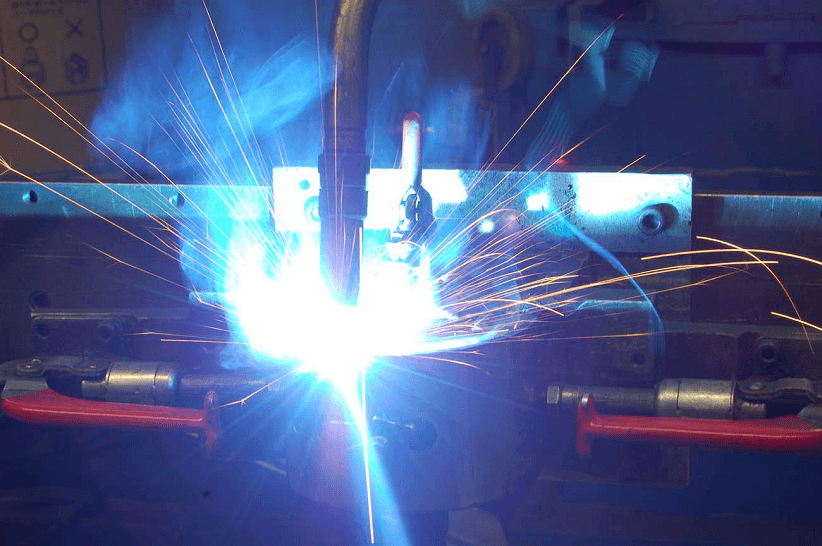So your company has purchased a laser welder for production and you have been chosen to validate it. Where do you begin and what do you include? Below is a simple example for a seam or butt weld application.
Installation Qualification
The IQ must challenge the operation of the equipment to ensure it works as the manufacturer claims. Below are 3 key items to include in your report:
Motion test – To laser weld a seam or butt joint you must have a motion system to deliver the laser energy along a path. A verification of the motion system must be performed to verify speed, incremental movements, and adherence to the path.
Cover gas flow – Oxygen is detrimental to any weld bead and therefore you must supply an inert cover gas to the weld area to displace the surrounding atmosphere. A verification (or calibration) of the cover gas delivery mechanism must be performed to verify the flow rate and ensure it remains consistent over time.
Laser energy – Laser energy is the greatest contributor to weld penetration and you should understand how consistent the energy is over its range and how it varies from shot to shot. It is also important to understand the relationship between the displayed output and what is measured with an external measurement device. There will be some degree of error and it should be noted in the IQ.
Operational Qualification
Once the IQ is completed, the research and development phase can start. This is where you will determine your inputs and outputs, specifications and tolerances, and establish the basis of your operational qualification. By definition the OQ will test the limits of all welding and part interactions to ensure the end product meets your requirements. But before you assemble a huge multivariable DOE, ensure that any process inputs that can be controlled are controlled. The fewer variables you have the fewer samples you’ll need to make and the fewer tests you’ll need to perform. Below are a few key items, inputs and outputs, to include in your OQ. Make sure you produce enough parts to satisfy your confidence requirements.
Laser Weld Inputs
Focal length – Determine your optimal focal length and lock this variable in place. Set up all welding processes and fixtures to use the same focal range so this parameter never needs adjustment. This will reduce focal related welding issues and reduce the number of interactions in your DOE.
Cover gas flow limit – More is not always better. Chose a cover gas flow that works and lock this variable in place. Design your process such that all welds use the same flow so you do not have to adjust it for individual processes.
Laser Energy limits – The R&D phase will have established your energy requirements and now you must make OQ samples with low and high energy and multiple operators to show that welds made across the range meet the product requirements.
Laser Offset – You will never consistently weld on seam and therefore you must understand the effect of laser offset. Make OQ samples at min and max offset (as established in the R&D phase) and combine with laser energy to produce worst and best case samples. Offset and energy are key players in weld penetration and both must be challenged in the OQ.
Measurable Outputs
Weld Penetration – Weld penetration is a key output for monitoring weld strength and hermeticity. This is a must-do destructive measurement as it is critical to ensure your weld stays within the specification established in the R&D phase.
Hardness – Hardness is a key output for monitoring weld brittleness, potential contamination, and overall weld quality. This is a must-do destructive measurement as it is critical to ensure your weld stays within the specification established in the R&D phase.
Colour – Colour on and around the weld bead should be visually monitored as it is an indicator of contamination and/or process variance. Judging colour against past welds or industry standard colour palates may not give you a definitive answer as to the weld’s quality, but if the colour resembles previous welds it helps establish a degree of confidence in process consistency without the added costs of destructive measurements.
Performance Qualification
Once the OQ has been successfully completed, repeat the tests for the PQ using nominal values with multiple operators. Make sure you produce enough parts to satisfy your confidence requirements. The PQ should mimic the intended production process.
Process Control and Production Monitoring
Now that your testing is done and your validation complete, how will you guarantee long term process quality? Choose to monitor your process inputs and weld outputs at a frequency that is statistically significant but be careful of costs! The destructive weld tests can be expensive and those costs can add up quickly.
Welding can be a difficult and often puzzling process but it is always fun to conquer. Follow these basic rules and you will create a stable welding process that will give you long term confidence.
